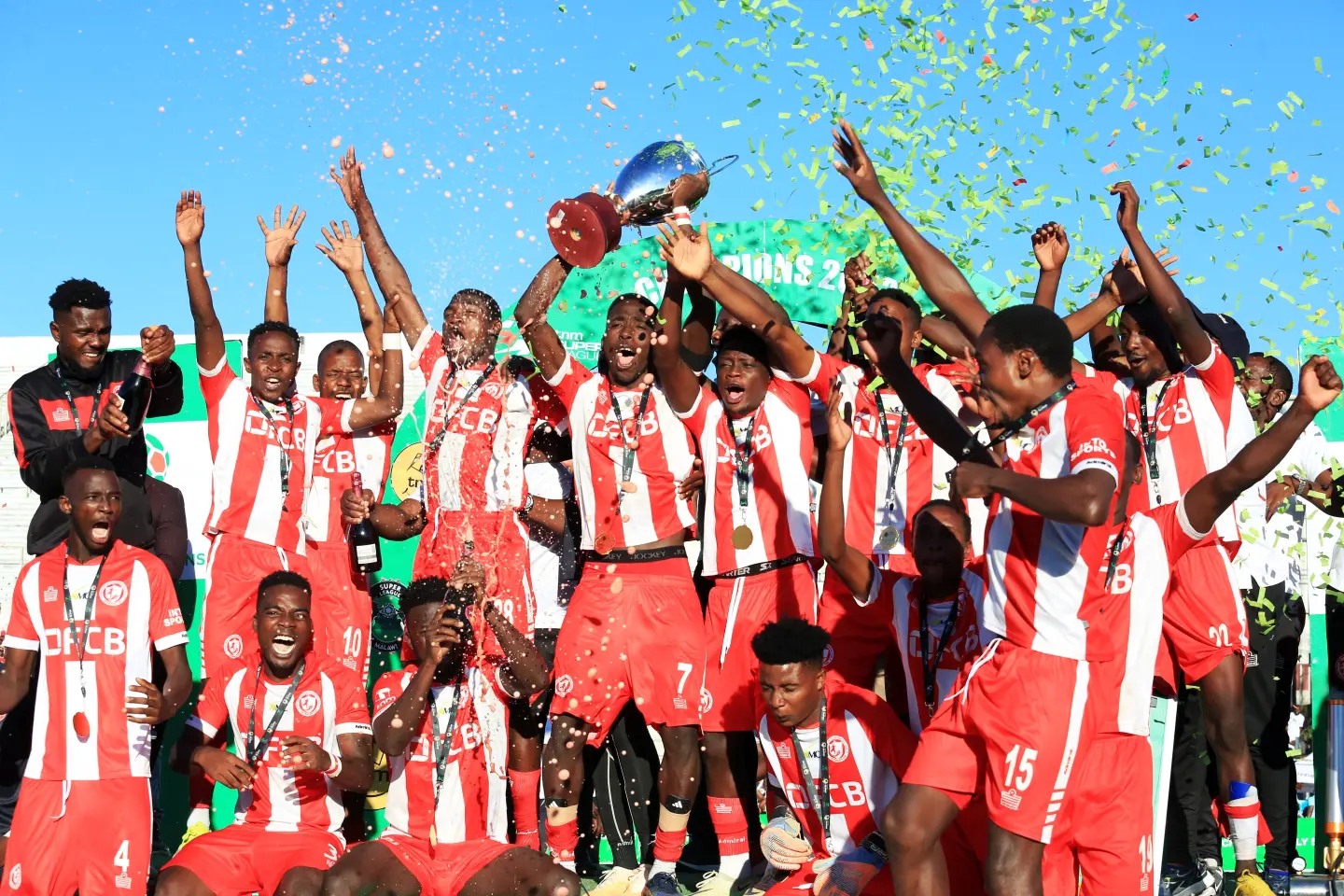Football consumes K500m annually
 About K500 million (about $3m) is injected into Malawi football annually with sponsorship for clubs and tournaments topping the package. Weekend Nation has established the figures after studying sponsorship packages in all tiers of organised domestic football. But there is a debate on whether to classify the cash injection as an investment or charity since it has transpired that less than a quarter of the money translates into returns.
About K500 million (about $3m) is injected into Malawi football annually with sponsorship for clubs and tournaments topping the package. Weekend Nation has established the figures after studying sponsorship packages in all tiers of organised domestic football. But there is a debate on whether to classify the cash injection as an investment or charity since it has transpired that less than a quarter of the money translates into returns.
In the absence of tax waivers on companies that sponsor football, there is little evidence suggesting that they gain much from football. Analysts attribute shrinking football sponsorship to companies’ failure to get returns from the money they spend on football.
Few, or none, of the Super League teams have demonstrated human resource capacity to sell worthwhile business proposals to the corporate world for 50-50 partnerships.
Instead, most of the teams thrive on public sympathy while waiting for hand-outs. It is a challenge that has left Malawi football commercialisation dream a mere wish, Football Association of Malawi (FAM) secretary general Suzgo Nyirenda seemed to agree.
True, challenges of commercialising Malawi football start from FAM itself and the Super League of Malawi (Sulom) who simply have no viable source of income or income generating activities of their own. It is a typical case of ineffective parents producing equally ineffective children.
In an article published in The Nation on January 11 2011, Silver Strikers chairperson Dr MacDonald Mafuta-Mwale faulted FAM and Sulom for failing to lead the way to commercialisation.
From the observations, you get an impression that football, which is a money-spinner elsewhere, is not financially viable in Malawi for the corporate sector to invest in. In the end, the temptation is to view the few remaining football sponsors as merely doing it for charity.
Marketing analyst Wilkins Mijiga insists there are massive returns from football sponsorship. He says it was wrong to perceive company football sponsorship as corporate social responsibility.
“It is a commercial investment meant to buy royalty and patronage of customers and this can be measured in terms of brand equity, profitability and market share value,†said Mijiga in his personal capacity. He cited the success of the Carlsberg Cup as an example.
But an official from a former domestic football sponsor chose to view football funding as a short-term public relations venture that is not sustainable in the long-term as it leads to industrial disputes.
“Much as the company views that [football sponsorship] as social responsibility, employees are against it as they consider it to be a waste of money. There is no immediate financial gain in terms of salary increase. Employees not knowing the profits made think that there is so much in the company coffers. This creates tension at the workplace,†said the Blantyre-based company official who opted for anonymity.
On annual sponsorship, government leads the list of cash injectors into football with an average of K300 million (about $1.8m). This includes K90 million (about $538 922) for national football teams and K60 million ($360 000) for the Presidential Initiative for Sports (PIS).
Government also sponsors 70 percent of TNM Super League teams and some of the second tier leagues. The private sector come second with an injection of roughly K150 million (about $898 000) annually.





